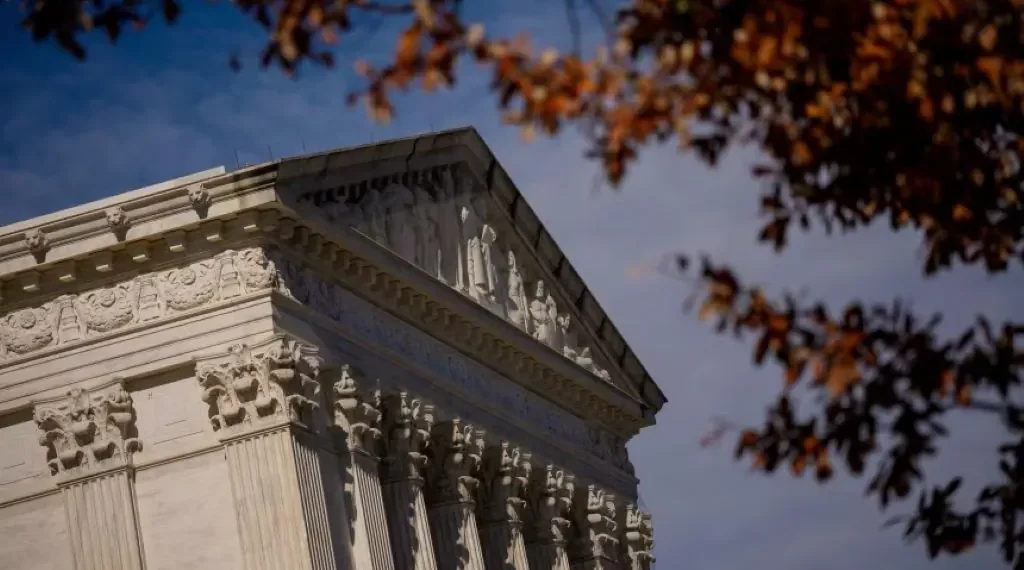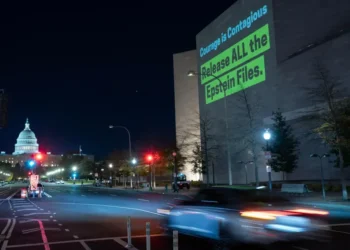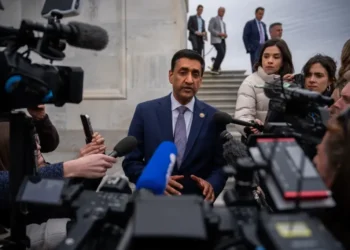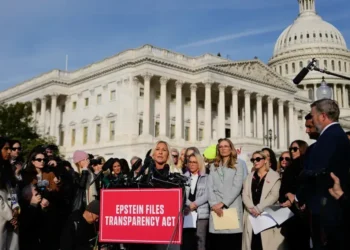Supreme Court Pauses Texas Redistricting Amid Racial Gerrymandering Dispute
The U.S. Supreme Court has temporarily blocked a lower court ruling that found Texas’ new congressional maps likely constitute racial gerrymandering. The pause comes as the state appeals the decision, which could reshape the 2026 midterm elections and the balance of power in the House of Representatives.
Emergency Appeal and Supreme Court Action
Texas filed an emergency appeal on Friday, asking the Supreme Court to overturn a federal court ruling that blocked the state’s new congressional boundaries. Justice Samuel Alito immediately granted a temporary stay, halting the lower court order while the Supreme Court reviews the case.
State officials argued the lower court’s decision created “chaos” in the election process. Candidates had already filed for the March 3, 2026, primaries, and early voting was only 91 days away. Texas requested the court expedite its review and allow the disputed maps to remain in use.
Alito directed groups challenging the maps to respond by Monday evening, signaling a fast-moving timetable. The temporary order will stay in effect until the full court evaluates the case.
Political Stakes for 2026 Midterms
The emergency appeal carries significant political implications. The new map could potentially flip five Democratic-held seats to Republican control. Currently, House Republicans maintain a narrow three-seat majority.
A Democratic majority in the next House could investigate the Trump administration and block much of its legislative agenda. Texas argues that the maps were drawn for political reasons, not racial ones, framing the issue as partisan redistricting rather than unconstitutional gerrymandering.
Legal Controversy Over Racial Gerrymandering
At the heart of the dispute is a July letter from the Trump-era Justice Department urging Texas to alter the racial composition of four districts. U.S. District Judge Jeffrey Brown criticized the letter, highlighting errors and concluding that it effectively directed the state to consider race as the primary factor in redistricting.
Federal law allows states to consider race when drawing districts but prohibits it as the predominant factor. The special three-judge court ruled that Texas likely violated the 14th Amendment’s Equal Protection Clause, though the panel split 2-1.
Texas’ Defense and Political Arguments
Texas maintains that the new maps were motivated solely by political considerations. Attorney General Ken Paxton stated the effort was “to secure more Republican seats in Congress and better represent Texans.” Officials emphasized that Democrats have engaged in similar redistricting practices and criticized the racial gerrymandering claims as politically motivated.
Governor Greg Abbott added redistricting to a special legislative session following the DOJ letter. Critics argue this move shows race played a central role in the map’s design. The debate continues over whether political or racial motivations predominated.
Supreme Court Considerations and Election Timing
The Supreme Court faces tight deadlines. Congressional hopefuls must declare by December 8, and primaries begin March 3, 2026. Past rulings caution federal courts against last-minute changes to election rules, giving the justices reason to consider allowing the maps to stand.
Justice Alito, overseeing appeals from the 5th Circuit, may soon refer the case to the full court. The temporary order ensures the status quo remains while the Supreme Court evaluates whether to uphold or block the maps.
Broader Context of Mid-Decade Redistricting
Mid-decade redistricting is rare but has become a contested tactic in several states. Republicans and Democrats have sought new maps to gain political advantages before the next census cycle. Similar legal battles are ongoing in California and Louisiana, raising questions about race, the Voting Rights Act, and partisan influence in congressional maps.
The Louisiana case, for instance, involves creating a second Black-majority district, potentially affecting nationwide perspectives on redistricting and minority representation.
Court Responses and Dissenting Opinions
U.S. Circuit Judge Jerry Smith issued a strong dissent, criticizing Judge Brown’s handling of the case and alleging procedural errors. Meanwhile, the Supreme Court’s decision timeline remains uncertain. Non-argued emergency appeals this year have taken roughly three weeks on average, but the Texas case could move faster given election deadlines.
Conclusion
Texas’ redistricting case underscores the tensions between politics, race, and federal oversight in congressional mapmaking. The Supreme Court’s temporary pause preserves the status quo ahead of the 2026 primaries. The ultimate ruling will likely shape the political landscape and influence future debates on mid-decade redistricting, racial considerations, and election integrity.
This article was rewritten by JournosNews.com based on verified reporting from trusted sources. The content has been independently reviewed, fact-checked, and edited for accuracy, neutrality, tone, and global readability in accordance with Google News and AdSense standards.
All opinions, quotes, or statements from contributors, experts, or sourced organizations do not necessarily reflect the views of JournosNews.com. JournosNews.com maintains full editorial independence from any external funders, sponsors, or organizations.
Stay informed with JournosNews.com — your trusted source for verified global reporting and in-depth analysis. Follow us on Google News, BlueSky, and X for real-time updates.










